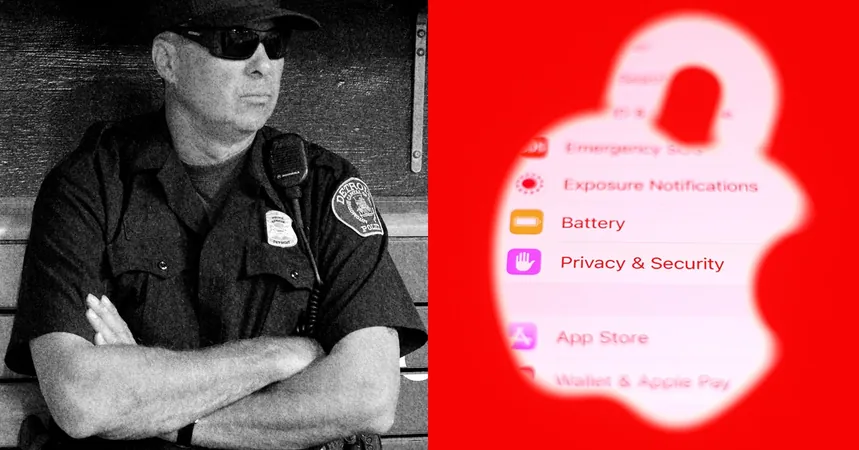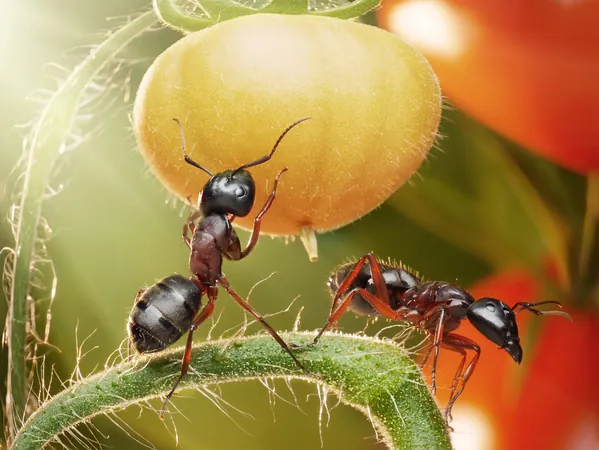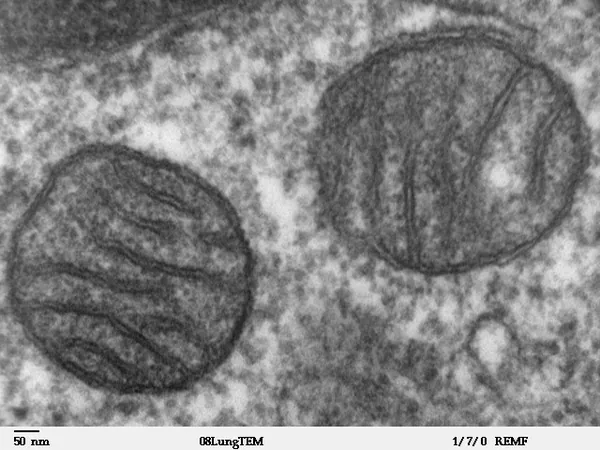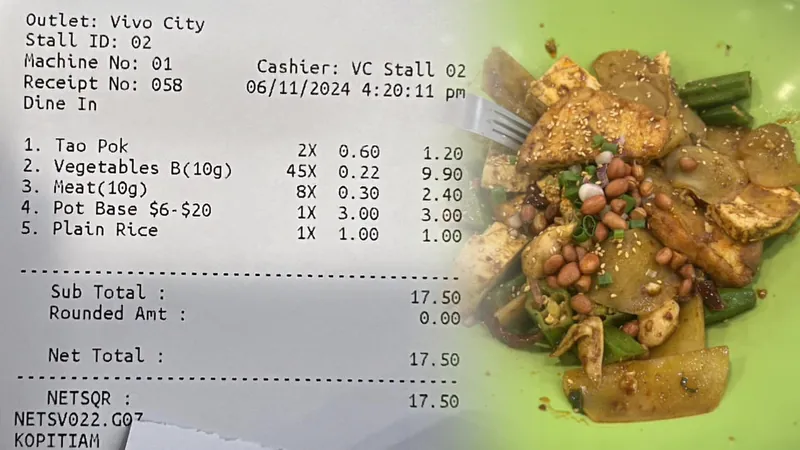
The Leonid Meteor Shower: What to Expect This Weekend and a Sneak Peek at 2024
2024-11-15
Author: Arjun
As the Leonid meteor shower approaches its peak this weekend, excitement fills the air—but let's temper our expectations. This year, those hoping for a dazzling display of shooting stars may find themselves disappointed.
Moonlight Dims the Show
Scheduled to peak on the morning of November 17, the Leonid shower struggles against a full moon that will illuminate the sky from November 15 onward, making it nearly impossible to catch the faint meteors. If conditions remain typical, we might only witness a mere 10 to 20 meteors per hour, making the shower more of a gentle drizzle rather than a spectacular downpour.
The best time to observe the meteors will be just before dawn, when the constellation Leo rises high in the south-southeast while the moon descends into the west. But be prepared: the intense moonlight could wash out many of the meteors, significantly limiting visibility.
A History of Leonid Spectacles
Historically, the Leonids have delivered some breathtaking meteor storms, notably in 1833 and 1966, when reports indicated over 100,000 meteors per hour streaked across the sky. More recent displays in 1999, 2001, and 2002 also offered thousands of meteors, rekindling enthusiasm each November as skywatchers anticipate the next show.
Yet, due to the waning intensity of this year's display, newcomers to meteor watching may be advised to set their sights on more active celestial events rather than expect a major thrill this time around.
The Science Behind the Leonids
The meteors of the Leonid shower originate from the periodic comet Tempel-Tuttle, which makes its way through the inner solar system approximately every 33.3 years. As this comet approaches the sun, it sheds a trail of debris that the Earth occasionally intersects, creating the showers we enjoy. However, the expert forecast for 2024, shared by Russian meteorologist Mikhail Maslov, predicts another year of low activity.
Tips for Watching the Leonids
To enhance your chances of spotting meteors despite the conditions, follow some simple advice:
1. Find a Dark Spot: Seek an area away from city lights and tall buildings that could obstruct your view.
2. Timing is Everything: After midnight is typically when Leo becomes fully visible; plan your observation after this time.
3. Stay Patient: Lying back and simply gazing at the sky can be rewarding—the meteors can come in spurts, and you never know when you're in for a treat!
Though this year's display might fall flat, don’t lose hope! The Geminid meteor shower, scheduled to peak on December 13-14, promises potentially brighter and more abundant meteors.
Prepare for Upcoming Celestial Events
To get ready for the Geminids and other upcoming astronomical events, be sure to explore guides on photographing meteor showers and keeping up with the latest in night sky happenings.
So as you gaze up this weekend, remember: while the Leonids may be less than spectacular under the moon's bright glow, keep your eyes peeled for those elusive shooting stars and gear up for better cosmic shows in the near future!





 Brasil (PT)
Brasil (PT)
 Canada (EN)
Canada (EN)
 Chile (ES)
Chile (ES)
 España (ES)
España (ES)
 France (FR)
France (FR)
 Hong Kong (EN)
Hong Kong (EN)
 Italia (IT)
Italia (IT)
 日本 (JA)
日本 (JA)
 Magyarország (HU)
Magyarország (HU)
 Norge (NO)
Norge (NO)
 Polska (PL)
Polska (PL)
 Schweiz (DE)
Schweiz (DE)
 Singapore (EN)
Singapore (EN)
 Sverige (SV)
Sverige (SV)
 Suomi (FI)
Suomi (FI)
 Türkiye (TR)
Türkiye (TR)